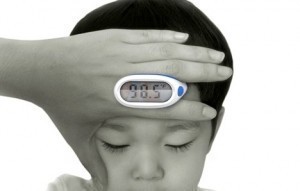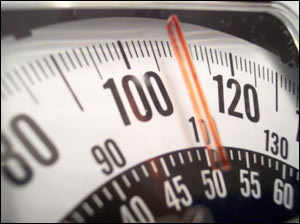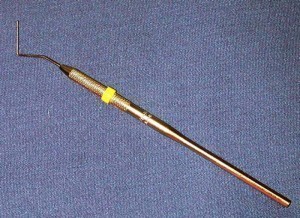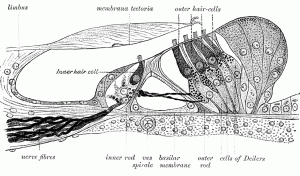Electrocardiograph Dimensions
The electrocardiograph dimensions used in hospitals and 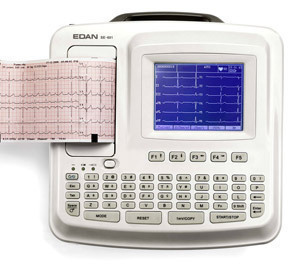 the hand held devices are usually not the same. The handheld devices obviously are smaller. The UniGadgets Heart Health electrocardiograph monitor measures 2.8 x 0.5 x 2 inches (ECG). The following are some of its other features.
the hand held devices are usually not the same. The handheld devices obviously are smaller. The UniGadgets Heart Health electrocardiograph monitor measures 2.8 x 0.5 x 2 inches (ECG). The following are some of its other features.
UniGadgets ECG Monitor Features
This FDA approved device is intended for home use. The ECG includes heart rate, waveform and an analysis of the heart condition. The Heart Health ECG has several modes that the user can choose from. Because it stores the waveform and analysis, they can be assessed by the user easily.
Arrhythmias can be monitored too. It is portable, cable and electrode free. Although ECG for home use is still quite new, you can expect more of these kinds of products to appear.
Other Facts about Electrocardiograph Machines
The electrocardiograph dimensions aside, the role of the machine is always to monitor the electrical heart activity when it is at rest. The examinations are performed on people who are showing signs of heart ailments. The ECG is also performed for people who are about to undergo surgery.
The ECG process is painless and noninvasive. A typical ECG won’t take more than ten minutes. The Holter monitor has to be worn for 24 hrs to gauge long term heart activity changes.
If necessary, stress tests will be conducted. In a stress test, the diagnostic equipment is hooked up to the patient while engaged in some kind of activity (i.e., treadmill).
Electrocardiograph Technicians
The ECG technician is an individual who is skilled in applying unique types of diagnostic procedures for the heart. What the technician does is to gauge the electrical activity.
The apparatus is connected to the patient using numerous electrodes. The electrodes are typically attached to the wrists and chest. In turn these are connected to the machines by way of wires.
A skilled ECG technician will be able to assess arrhythmias and any possible heart ailment. It is the technician’s job to tell the patient about the examination. It is also their duty to assess the vital signs. They are the ones who will connect the electrodes to the patient. The results will be displayed on a screen or printed out.
Even if the electrocardiograph dimensions differ, the machine will still be able to produce accurate results. People who are experiencing chest pains or dizziness should undergo this examination. Those who have suffered a heart attack should have an ECG ax well.

